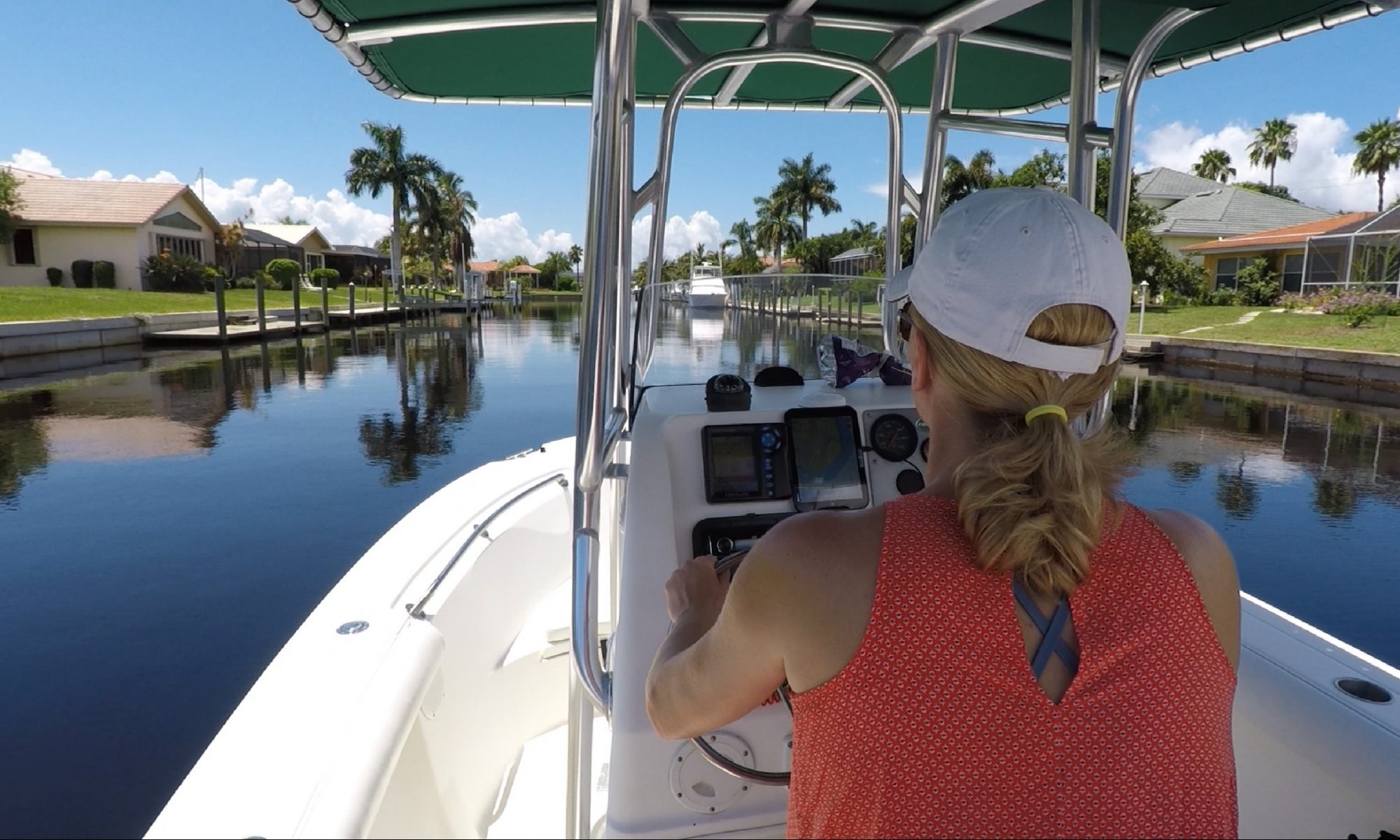Florida is known for its stunning coastline, warm weather, and abundant waterways, making it an ideal destination for those looking to buy waterfront property. Whether you’re looking to invest in a vacation home, a rental property, or a permanent residence, there are many factors to consider when purchasing waterfront property in the Sunshine State. In this comprehensive guide, we will cover the four most important things you need to know before making your next waterfront property purchase in Florida.
1. Determine Your Budget
The first and most important step in buying waterfront property in Florida is determining your budget. This will help you narrow down your search and ensure that you don’t overspend on a property that may not meet all of your needs. There are many costs associated with buying waterfront property, including the cost of the property itself, property taxes, insurance, and maintenance expenses. To determine your budget, you should consider your income, your expenses, and your savings, as well as any other financial obligations you may have.
2. Research the Location
Location is key when buying waterfront property in Florida, and it is important to choose a location that meets your specific needs and requirements. Consider factors such as accessibility, proximity to major highways and airports, local amenities, and the overall safety of the area. It’s also important to research the quality of the water in the area and any potential environmental hazards. Additionally, it is wise to research the local real estate market and recent sales prices to determine if the area is a good investment.
3. Work With a Real Estate Agent
Working with a knowledgeable real estate agent can be incredibly beneficial when buying waterfront property in Florida. A good agent will have extensive knowledge of the local area and can help you navigate the process of buying a property, from finding the right location to negotiating the best price. They can also provide valuable insights into the local market and help you find the right property that meets your specific needs and budget.
4. Get a Professional Inspection
It is important to get a professional inspection of the property before making your purchase. A professional inspector can identify any potential issues or problems with the property, such as structural damage or environmental hazards, and provide you with an estimate of the cost of repairs. This information can be crucial in helping you make an informed decision and ensure that you are not overpaying for a property that may require extensive repairs.
In conclusion, buying waterfront property in Florida can be a complex and challenging process, but by following these four important steps, you can ensure that you make the best possible investment. With the right location, a professional real estate agent, and a professional inspection, you can find the perfect waterfront property that meets all of your needs and exceeds your expectations.








